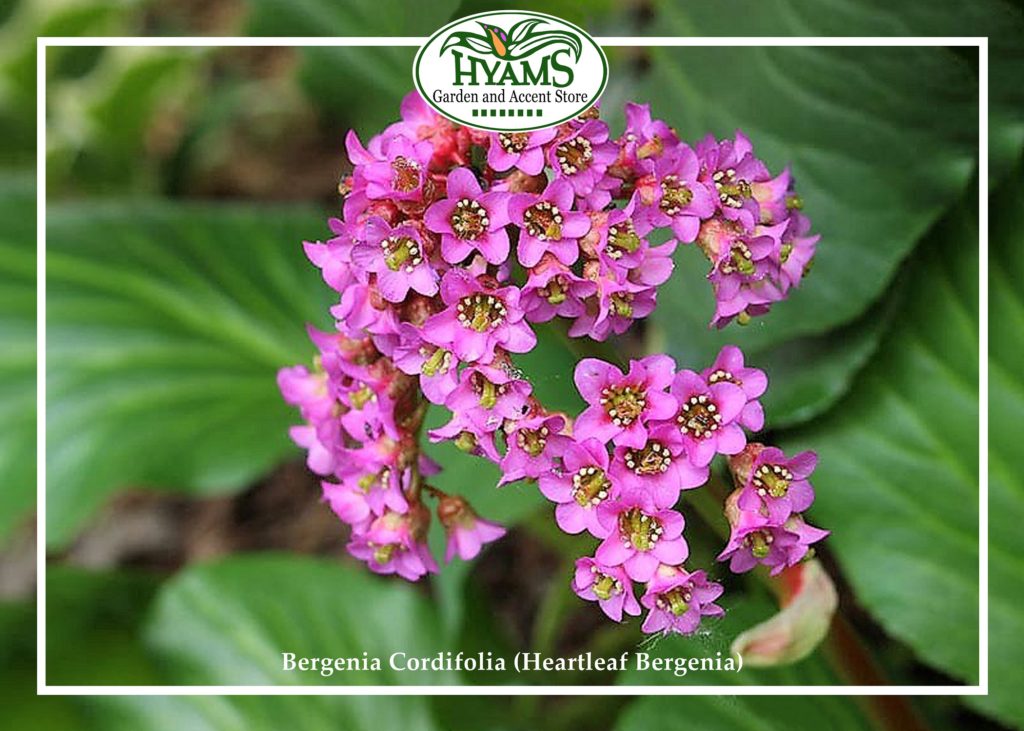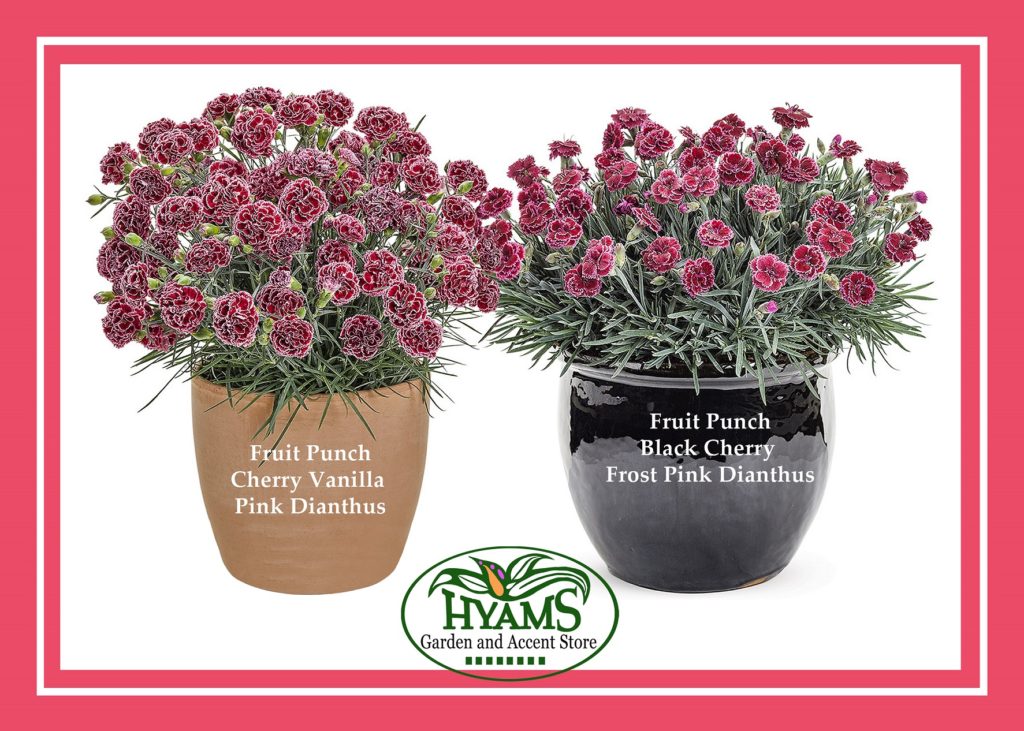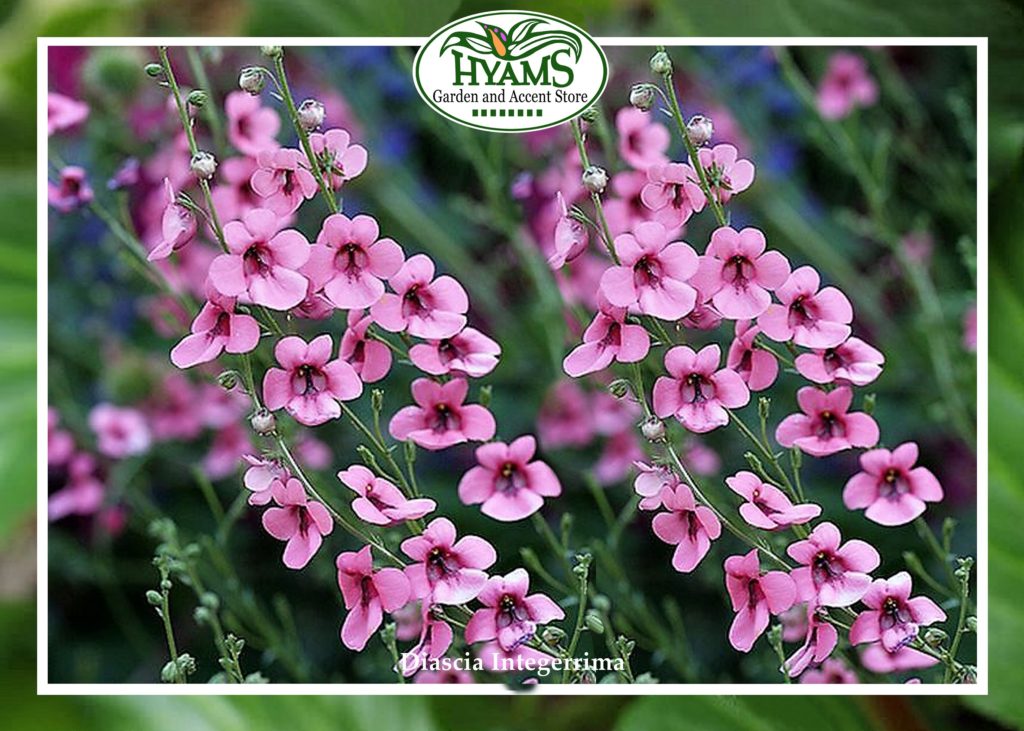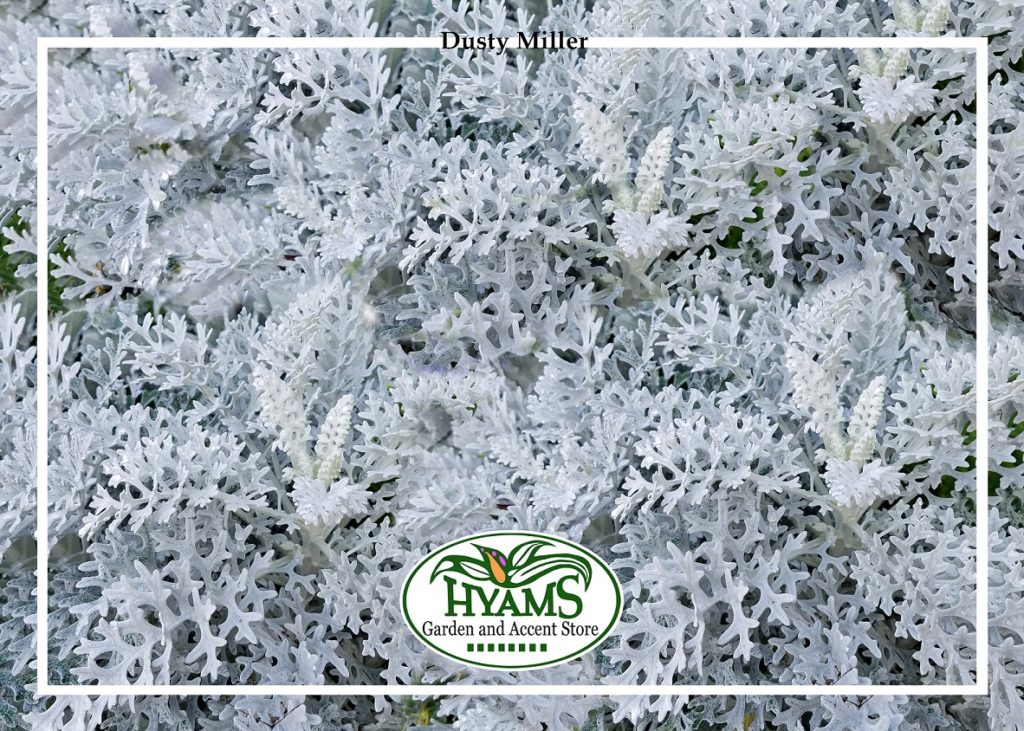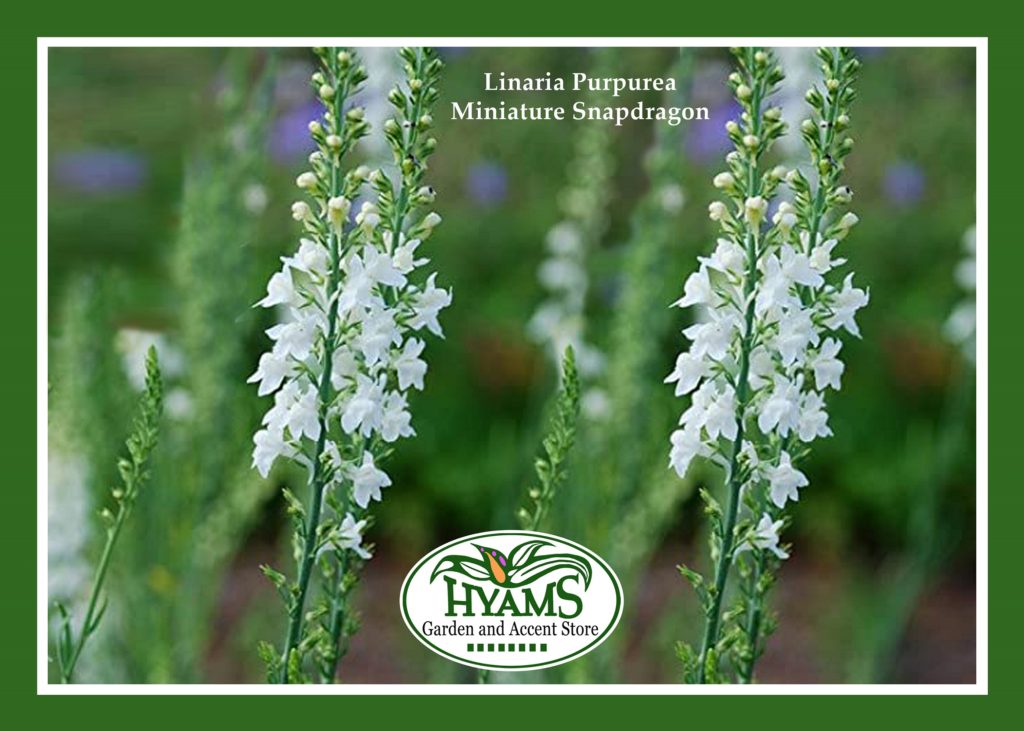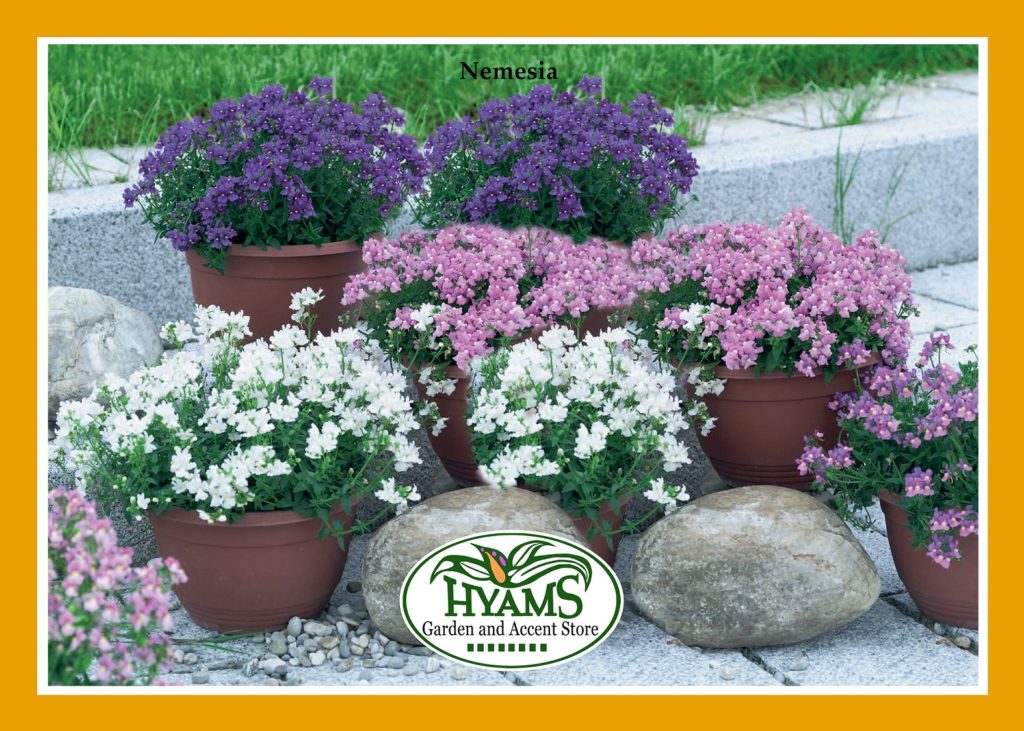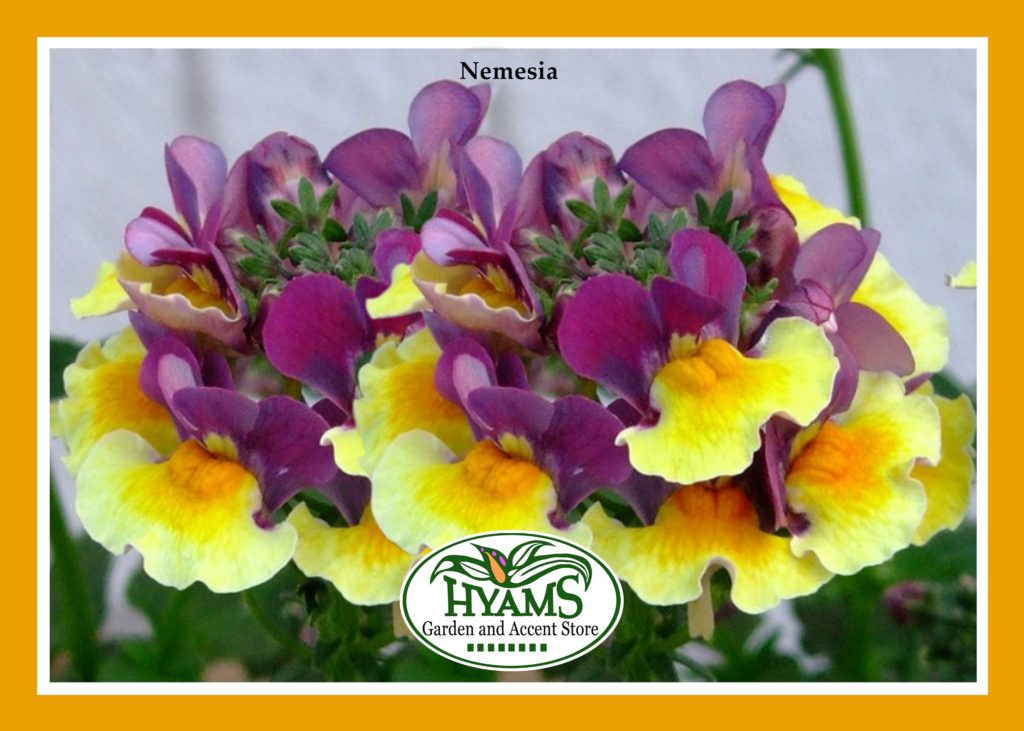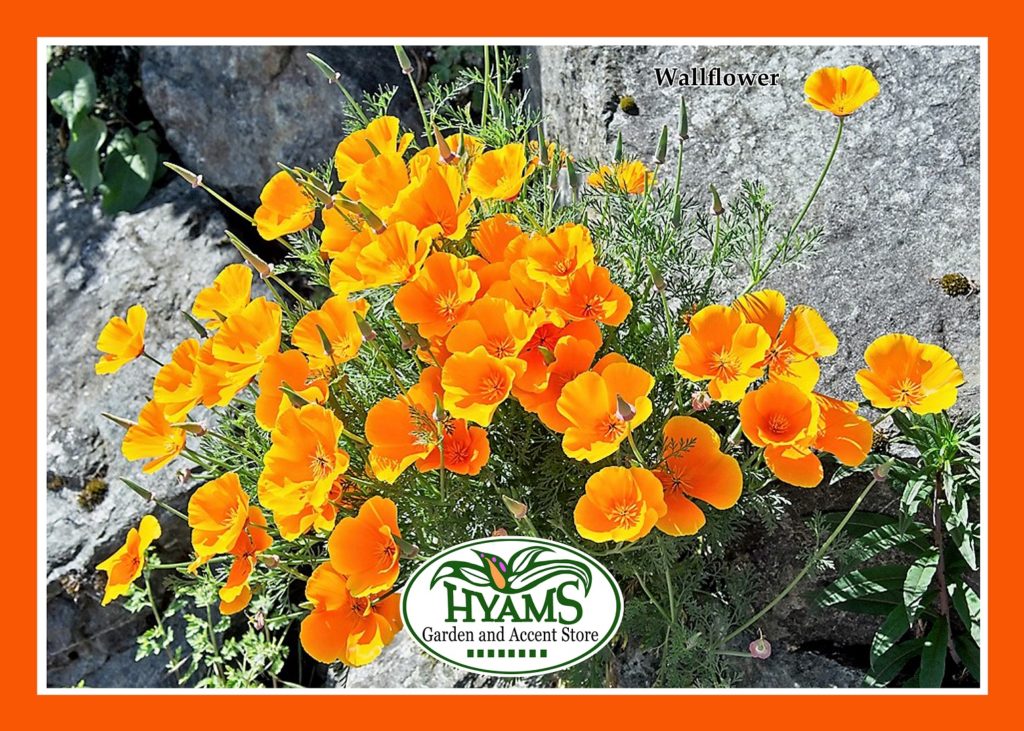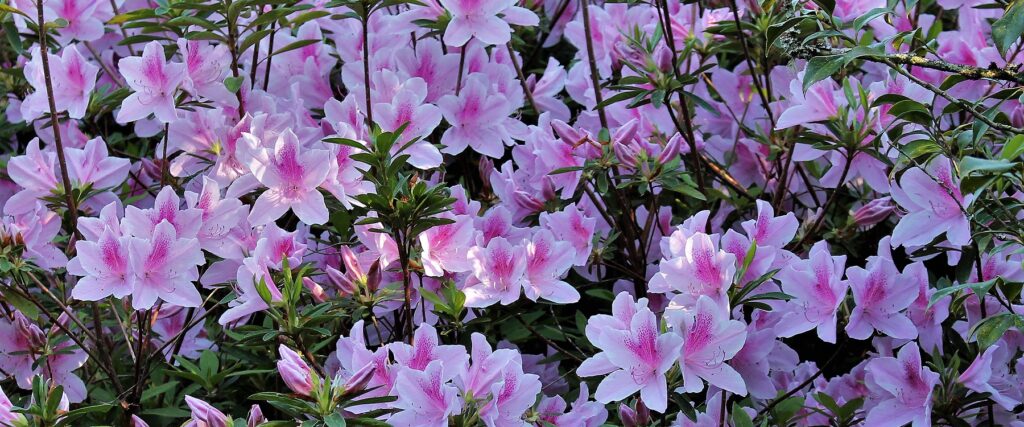Hey everyone, I hope you’re having a great Spring! If you haven’t fertilized yet, the time is here. It looks like everyone’s grass has greened up enough to tolerate an application of Ferti-lome 15-0-15 Centipede Lawn Fertilizer or something similar. It is a good formulation to ease all warm season grasses into fully greening up including St. Augustine, Zoyzia and Bermuda. Please hold off using any “weed and feed” products as the herbicide component could burn the new grass shoots. A strong healthy grass will choke out many of the weeds you may have now. If needed you could apply a weed and feed after the grass is fully greened up, and we have those on hand. We will have pre-emergents later in the month to apply around Memorial Day to prevent the dreaded Chamberbitter and Virginia Buttonweed. Selective herbicides like Image Kills Nutsedge can be applied after your grass is fully greened to control other problematic weeds. I have had several folks come in with some fungal issues and we have Scotts DiseaseEX on hand as well as a couple of other products. I hope these suggestions help you have a lawn you can be proud of! (Randy Howie)
Gardening Tips
Caring for Orchids
Orchids are tropical plants that take on many different forms depending on variety. Some orchids are difficult to grow while others flourish with little care.
Lighting: In the home, orchids need maximum light (not direct sunlight). Proper light levels can be determined by the color of the leaves. A healthy orchid in proper lighting has foliage that is light to medium green.
Temperature: In the home, cool temperatures will help guard against dehydration. Most orchids are happy with medium temperatures at 55-65 degrees at night.
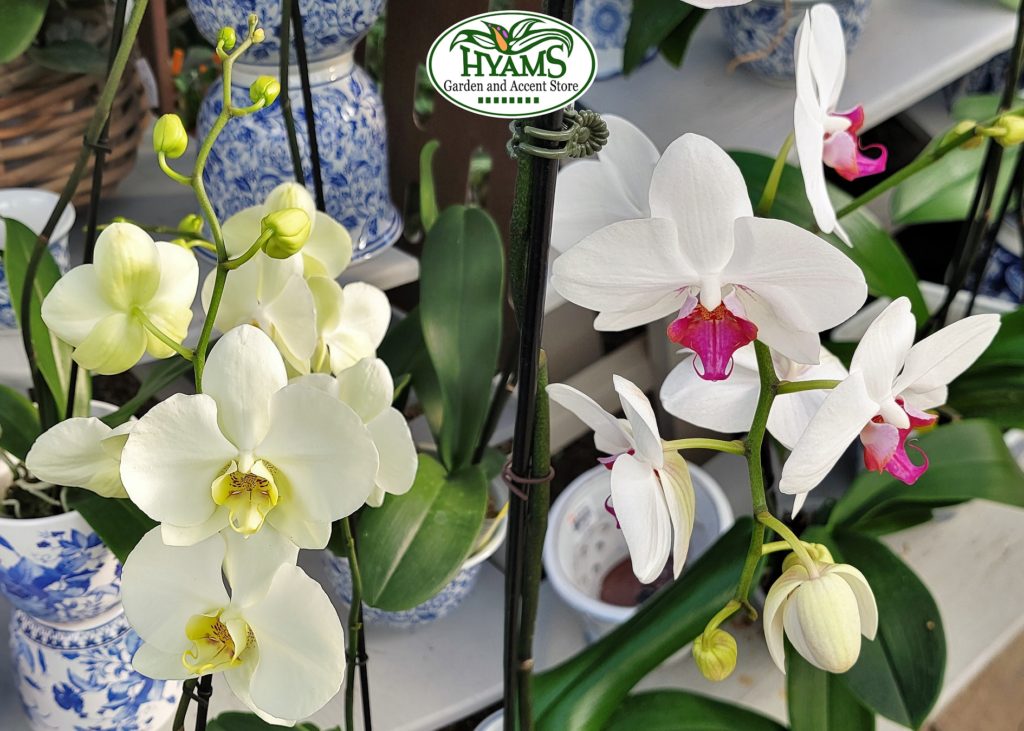
Moisture: It is best to water orchids thoroughly and wait until the surface is relatively dry before watering again. Orchids in fir bark mixes needs watering no more than once every 5-7 days. Generally, orchids with a thick fleshy stem and leaves need less water than orchids with thin, more delicate foliage. Always water your orchid in the morning to allow foliage to dry before night.
Fertilizing: Orchids are not heavy eaters and can be safely fertilized once a month with a water-soluble urea free fertilizer. Always water, as mentioned above, (in the morning), before fertilizing and remembering it is better to under fertilize.
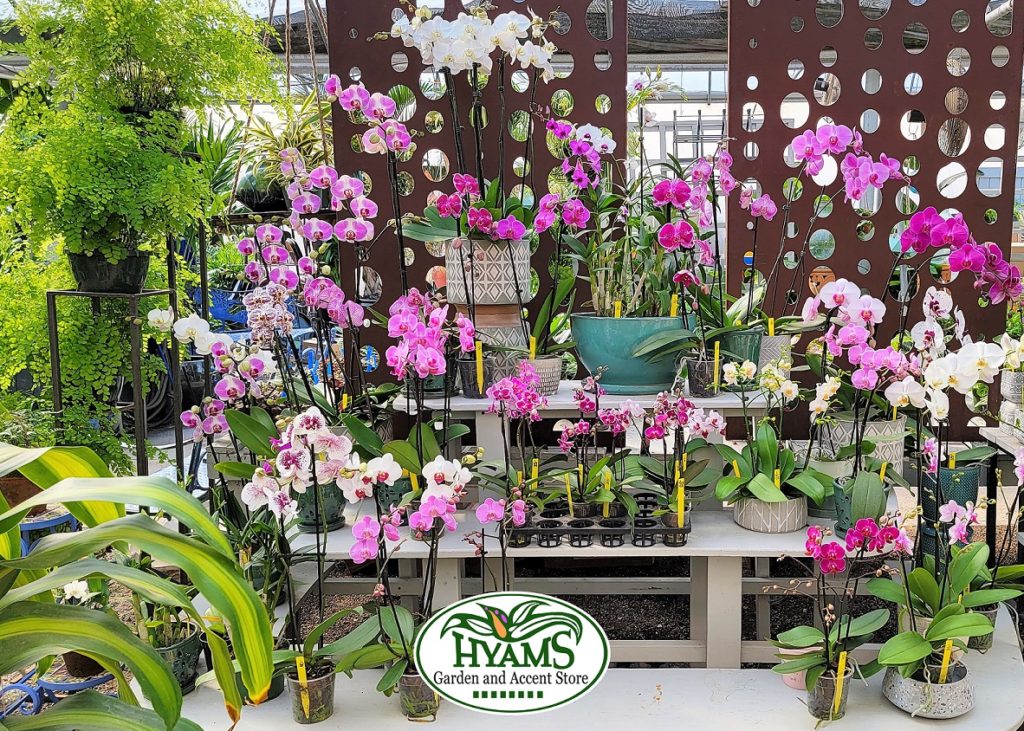
Humidity: Increasing humidity levels around orchids aids in their success while growing indoors. Using humidity trays or trays of wet gravel around or under plants can add to the desired amount of moisture to the air around them; however, be careful to keep the orchid pots bottom above the water level.
Soil: Potting mixes for orchids vary, but most are loose mixtures of organic materials such as fir bark, and/or osmunda fiber, with small amounts of peat, perlite, cork, or charcoal. The object is to have a mix that drains well, but maintains some moisture. Repotting is usually only needed once every two or three years.
Insects: Mealy bugs, aphids and scales are the most frequent pests to be found on orchid plants. Outdoors these pests can simply be washed off. Indoors, further measures may be necessary. Eight is a chemical pesticide that will help control these pests. If you are looking for a pesticide alternative, rubbing alcohol can be sprayed on plants, blooms and buds.
Re-blooming: In the fall and spring, when the outside night temperature is between 50-60 degrees, Phalaenopsis plants can be outside in a covered area in the shade for 2-3 weeks. Temperatures at night should be 15-25 degrees cooler than day temperatures. All orchids benefit from a day-night drop of 10 degrees or more.
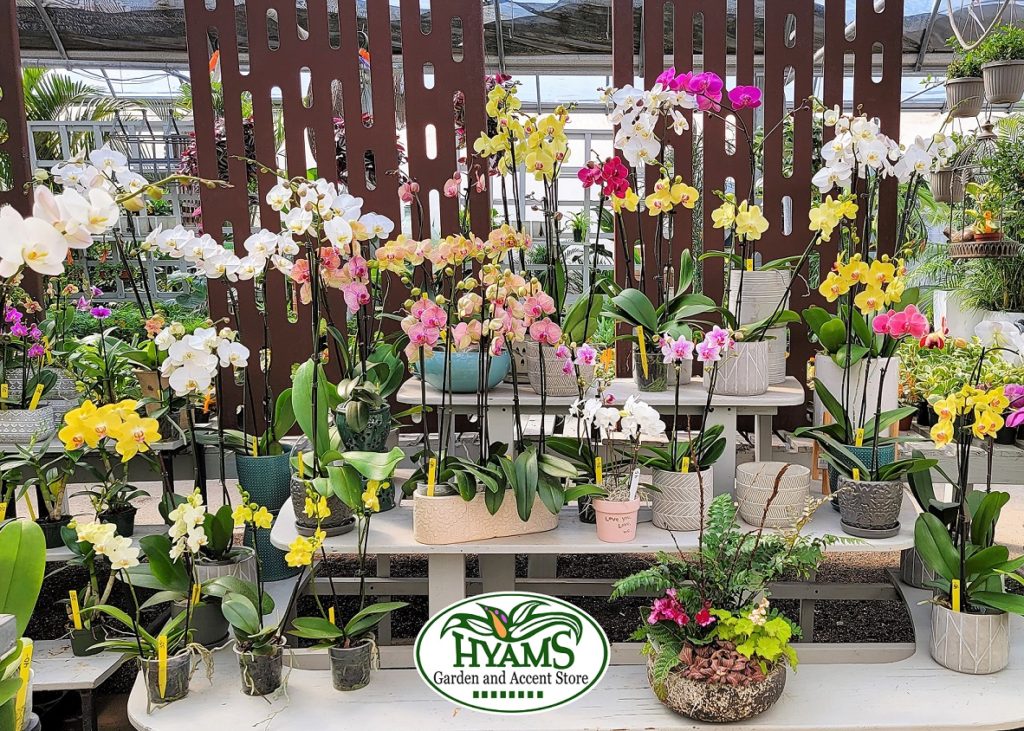
February Lawn Tasks
__Get soil tests to prepare for Spring lime and fertilizer applications. 2cups of soil from each area in question or a random combined sample can be taken to Clemson Ag Extension office at 259 Meeting St, the second floor of the Senior Citizens Center, Mon-Fri 8:00-4:00. $6.00 per sample. More information available at www.clemson.edu/extension/hgic.
__Calculate yard square footage of each area for how much lime/fertilizer/herbicide/insecticide you may need. Help with this can be found in our store or on the website for Clemson Cooperative Extension Home and Garden Information Center www.clemson.edu/extension/hgic.
__Plan your pre-emergent herbicide applications for 3rd or 4th week of this month. Scotts WeedEx (pendimethalin) should be applied at this time to well established lawns to prevent crabgrass, spurge, oxalis and other listed weeds. One 10 lb. bag treats 5000 sq ft. It should be applied to dry grass with a broadcast (we lend these) or drop spreader and watered in with approximately ¼ inch water. Remember not to overseed treated areas because pendamethalin prevents seed germination. Also do not rake or otherwise disturb soil bed as this would break the chemical barrier in the soil. Do not re-apply pendamethalin for at least 8 weeks. As always, be sure to read the label carefully and follow all directions. For extended crabgrass and broadleaf control, an application of Hi-Yield Turf & Ornamental Weed & Grass Stopper with Dimension may be applied 4-6 weeks later. Wait until at least mid March to start any fertilizer programs.
__Now is the time to prune most deciduous trees and shrubs. Crape myrtles, Chinese elms, Japanese maples, red maples and oaks could all benefit from a thoughtfully planned prune this month. Remove crossing and thin branches to allow for more light and air flow. Wait on spring flowering trees like purple leaf plums, cherries, redbuds and tulip (Japanese) magnolias until after they bloom. Summer flowering shrubs like roses, callicarpa, hibiscus and most grasses can be pruned this month. Some evergreens like ligustrum and hollies can be pruned between now and the first of April. Leave Spring flowering shrubs like azalea, spiraea, indian hawthorn and gardenias until after they have flowered. Wait until April to prune camellia, then fertilize them along with gardenia, azaleas and hollies with Holly-Tone. Do not hesitate to call Randy at 843-795-4570 in the store or e-mail at rhowie@hyamsgardencenter.com if you have questions.
Winter Blooms in Charleston
Winter annuals tolerate cold temperature and bloom even in cool season. Dianthus, viola, pansy, wallflower, bergenia, foxglove, dusty miller are some of the Winter Annuals that tolerate cold temperature up to 19 degrees. Diascia, nemesia, nierembergia, linaria (miniature snapdragon) survive a normal winter and tolerate temperature up to 24 degrees. The least cold tolerant are geranium, alyssum, lobelia and calendula as they do not tolerate temperature below 30 degrees.
Since the date of the first frost varies from year to year, it is difficult to predict how long different winter annuals will last each winter. Snapdragon and stock do not do well an unusually cold winter. Flower pots in the porch do provide us with a great opportunity to save some of the less-cold-tolerant winter annuals. Visit Hyams Garden Center to take home a winter annual of your choice to add color to your front or back porch.
